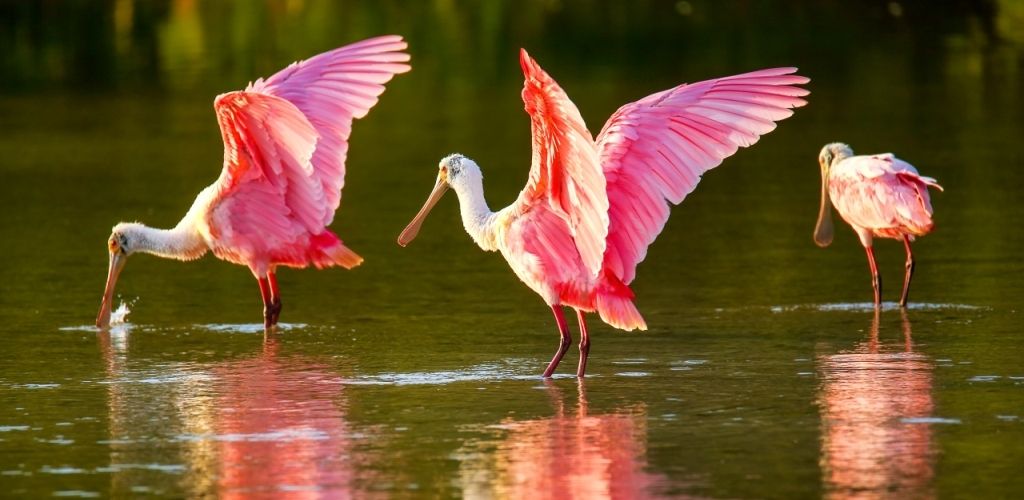
Dedicated to Preserving Life

All our lives we’ve seen the constant destruction of the Floridian environment. Active suppression of large scale burn-offs means that the flora and fauna that rely on fire to clear brush away for their life cycles cannot survive. Diversion of water flow, and usage of water reserves in the dry months, removes life-giving water from the species that rely on it. Introduced species that have no natural predators here wipe out the indigenous species, either through predation or overcrowding. Through ignorance, apathy, and malice, we have caused the Everglades to cease to exist; it is simply a question of how long we can keep up the appearance that Florida still has nature.
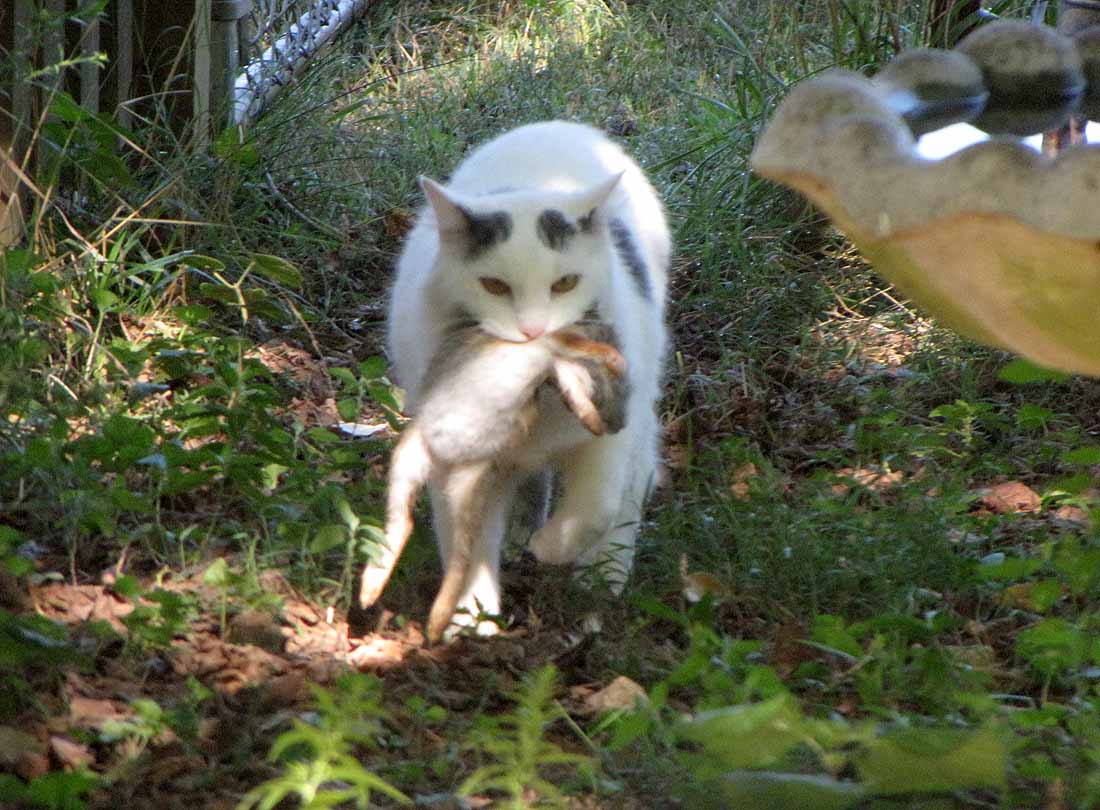
Since there’s little recourse to affect change through already established institutions, Feral Cat Control is seeking to affect change through community outreach, and grassroots programs aimed to make incremental changes. Feral cats are a prime topic in the discussion on the Floridian environment due to historical moors, current taboos, living traditions, legal status, habitat, behavioral psychology, and diet.
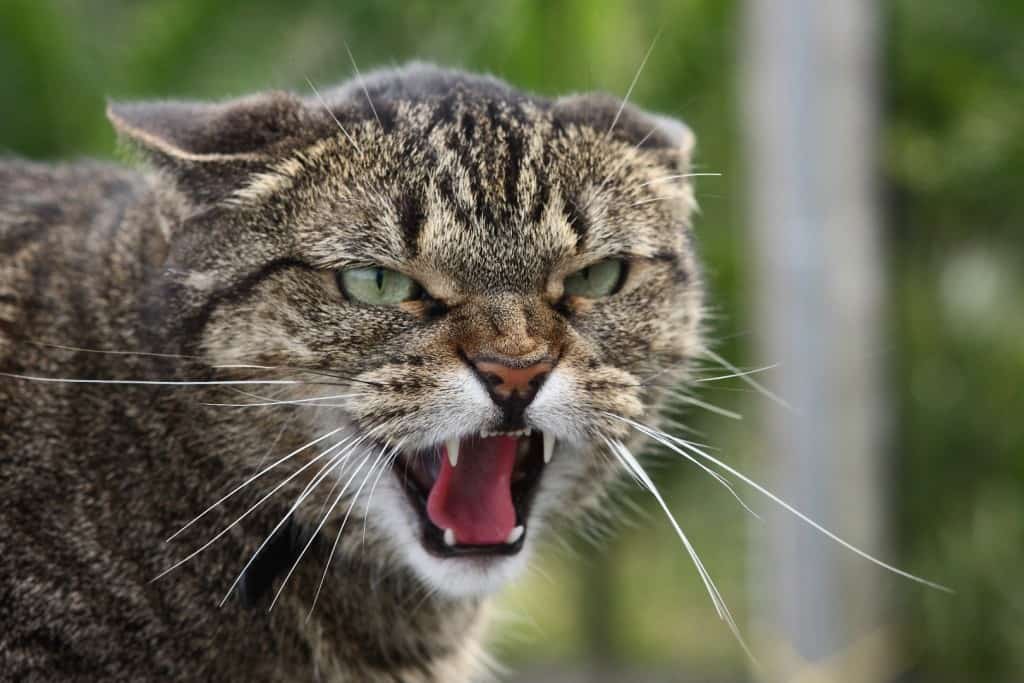
Cats are an introduced species which preys on bird populations, some of which are endangered. Communities in populated areas feed feral cats, which bolsters the population, and leads to genocide of bird populations, which has an asymmetric impact on bird populations which are already struggling, are not suited to urban environments, and have no native environments anymore. While feeding homeless cats may on the surface seem a charitable act of mercy, in reality it is aiding and abetting ecological disaster on an unprecedented scale. Especially when considering felines’ need to kill prey even when not necessary for sustenance.
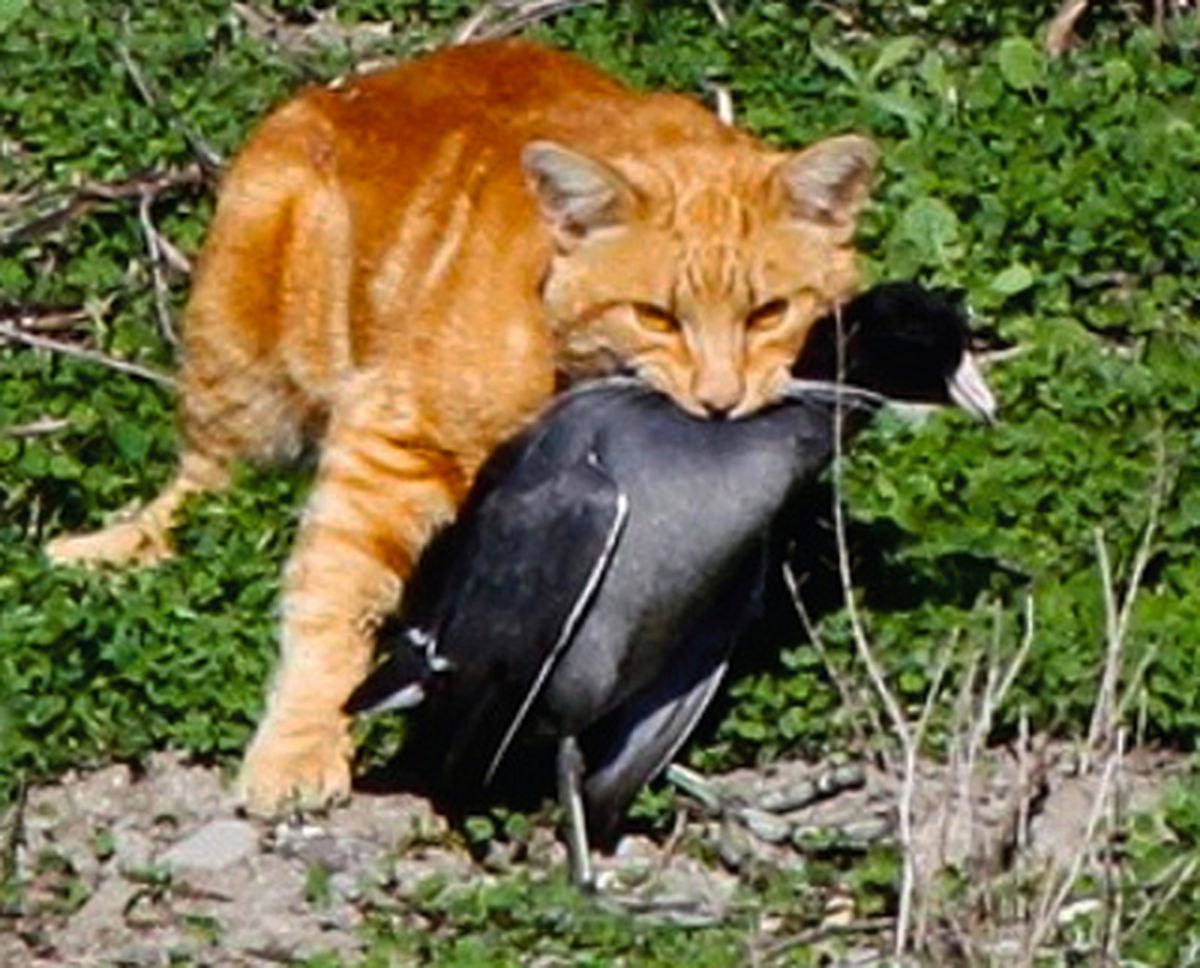
Additionally, artificial suppression of insectivorous bird populations may contribute to diseases with insect vectors, such as west Nile virus, and so this is not only ecologically unsound, but patently unethical from a humanitarian perspective as well. Another health issue is the excrement from artificially bolstered populations providing a breeding ground for bacterial, viral, and parasitic infections, many of which are endemic to felids.
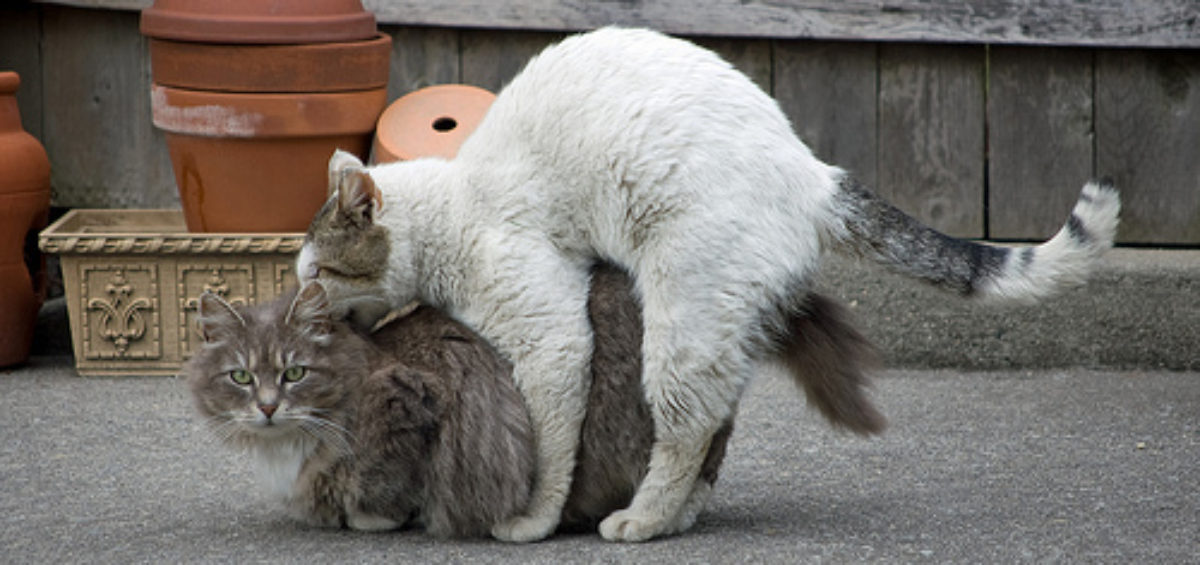
Unfortunately, spaying and neutering as part of a catch-and-release policy cannot control feral populations in any real way, as if even a small percentage of these animals escape treatment, the populations will remain at the same level. This is due to large litter sizes. The same logic can be applied to euthanasia; if any cats remain to procreate, then the cat populations will not be significantly affected. Finding a home for every cat is also an unfeasible solution for much the same reason; the number of cat owning homes does not affect the number of feral cats even if every cat had the capability to be tamed. The feral cats would simply grow to the maximum population size in the wild which they can, unless every single breeding pair in the wild is rounded up, and kept from procreating. This would be a monumental feat, and is simply not going to happen.
